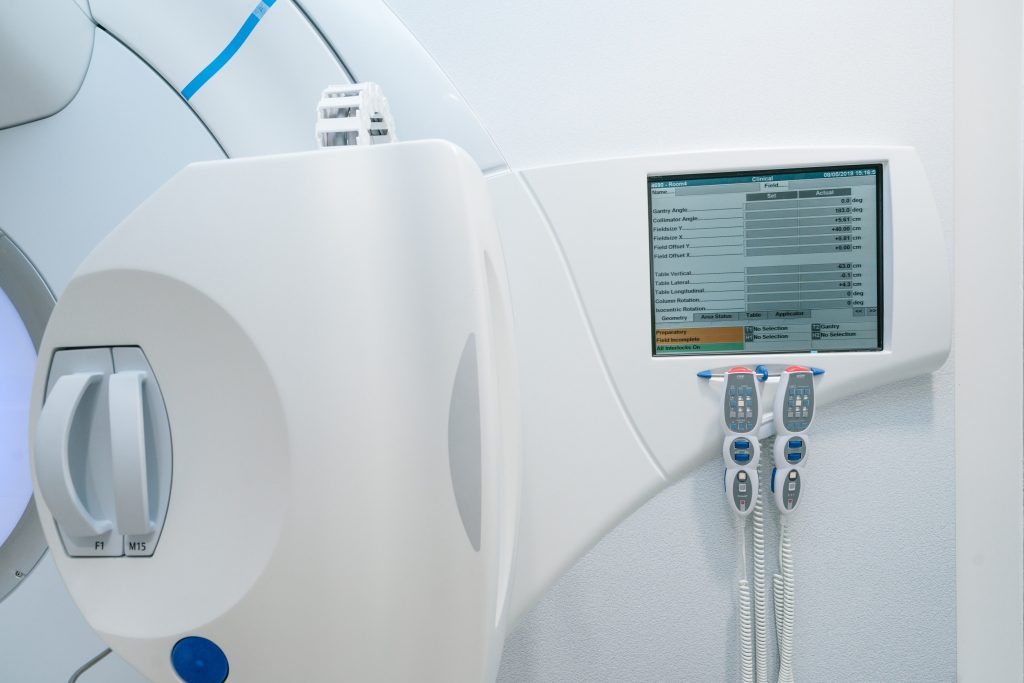A radiologist shortage is facing the global market due to factors such as increasing demand for imaging studies as well as Covid-19-related reasons. Additionally, an aging population, higher Medicare enrollment, and fewer radiology trainees make the situation even more dire.
Harprit S. Bedi, MD, vice chairman of radiology education at Boston University School of Medicine, said, “The older population requires more imaging.”
The World Health Organization predicts that the percentage of the world’s population over 60 years old will increase to 22 percent by 2050, almost double what it was in 2015. The United States Medicare population has greatly overshadowed the number of radiologists entering the field in recent years.
Aditya Khurana, MD, an incoming radiology resident at the Mayo Clinic, said, “The significant increase in Medicare beneficiaries and relative stagnation in DR providers serving the Medicare population could strain the supply and demand balance in the delivery of imaging services.”
The global Covid-19 pandemic has hugely impacted both trainees and long-serving radiologists, forcing some into early retirement. Around two out of every five physicians are expected to reach retirement age in the next decade, which will worsen the situation even more.
The United States House of Representatives introduced the Resident Physician Shortage Act of 2021 to address physician shortfalls and fortify the number of Medicare-supported residency positions available. The bill could add more than 2,000 positions yearly between 2023 and 2029, totaling 14,000 new jobs.
Anna Rozenshtein, MD, president of the Association of the Program Directors in Radiology, said, “From a training perspective, the way to address a shortage of radiologists would be to increase the number of radiology resident positions. We must fight to expand the pipeline. This legislation, if enacted, would be a big step forward, with a couple of caveats: radiology residencies would need to be prioritized, particularly in the areas of the country experiencing the greatest shortage of radiologists.”
Maria Helena S. Mendonça, MD, assistant professor at Santa Casa de Misericórdia de Sāo Paulo in Brazil, said, “Before 2020, we didn’t know if clinicians would be open to remote work or if radiologists would be as productive from home. But Covid-19 exposed what was possible. I believe more trainees will be interested in the wonderful career that is radiology if we demonstrate how rewarding the specialty is. We can motivate ourselves to teach radiology residents and set an example of leadership while continuing to learn from our colleagues, enjoy a life dedicated to study and science, and show compassion and outstanding care to our patients.”
__________________
RadParts is the world’s largest independent distributor of OEM replacement parts. We specialize in low-cost parts for repairing linear accelerator and radiation equipment. Our mission is to provide high-quality, user-friendly, low-cost parts and support for linear accelerators and radiation equipment. Contact RadParts at 877-704-3838 to learn more.
Written by the digital marketing team at Creative Programs & Systems: https://www.cpsmi.com/

